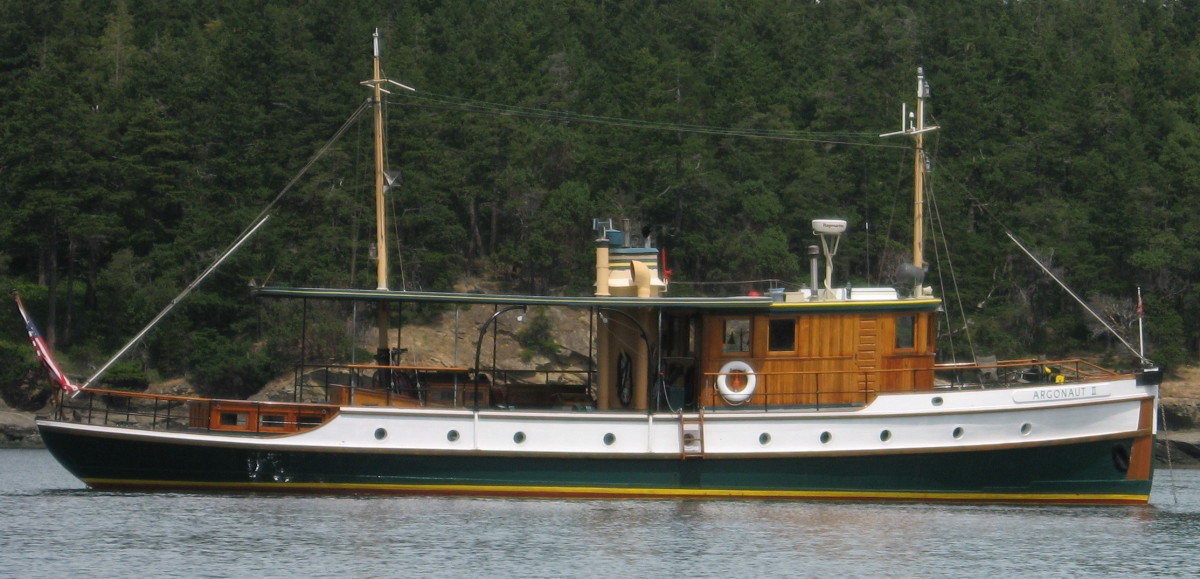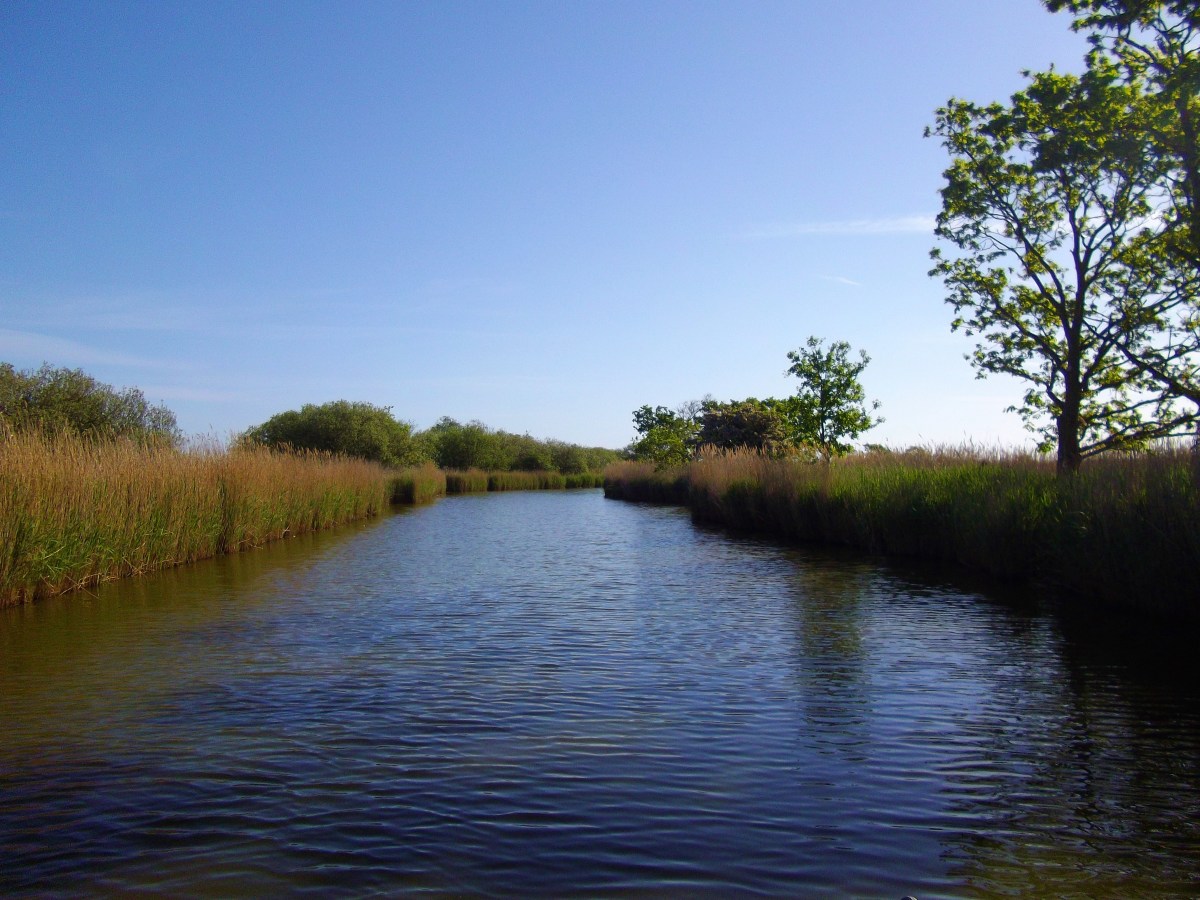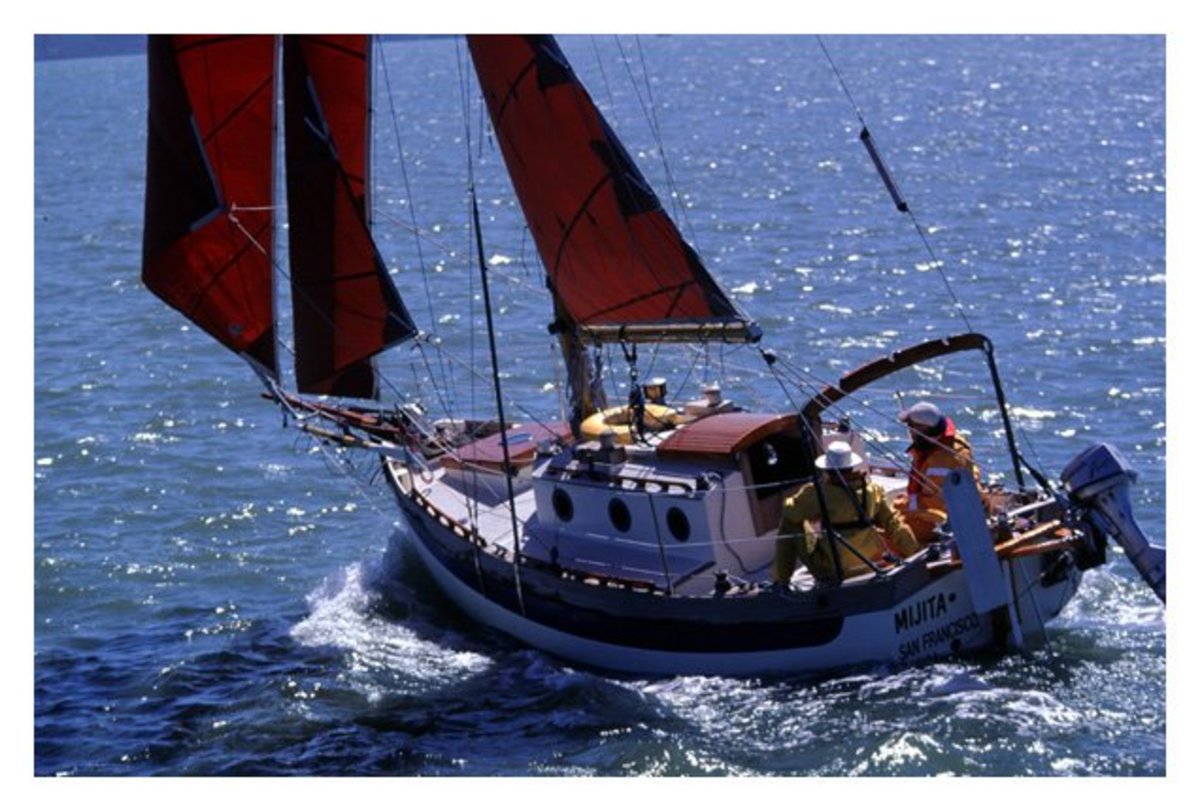How Boats Sail With the Wind
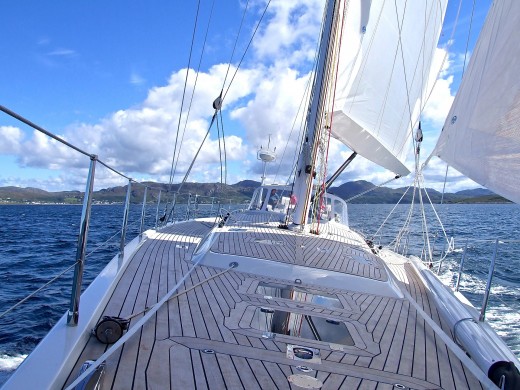
The wind is the only form of power that propels a sailing boat. But the question is how can a boat sail on the water against it? Astonishingly, the most essential force that drives a boat into the wind is the suction. A boat's sail is just similar to an aeroplane's wing on its side. On the outwardly curved, leeward side the wind has to flow around the sail.
This creates a powerful suction like effect, and pulls the sail towards it. The similar principal applies to an aeroplane when it obtains the lift from the suction on the top of its wings. The suction effect is created by the laws of aerodynamics. The air that is diverted around a curved sail becomes compressed so that it can squeeze through.
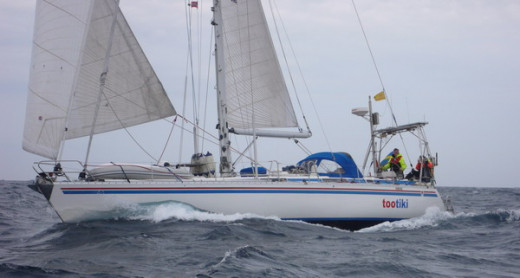
When a moving stream of air is compressed, its speed increases, and such an example would be a draft under a door where the air can very strong for this reason. Basically when the wind's speed increases, a loss of pressure starts to occur. The reason for this is that the air is moving faster, which results in fewer molecules in any kind of space.
The area of low pressure on the leeward side sucks the sail towards it with double the force that the same strength of wind can push into it from the windward side. So basically the wind forces the boat sideways. But, the keel or the centerboard of the boat, resists the sideways movement. The wind's force is then converted partly into a forward movement of the boat and partly into a tilt to leeward which the person steering the boat has to counteract by leaning out from the other side of the boat.
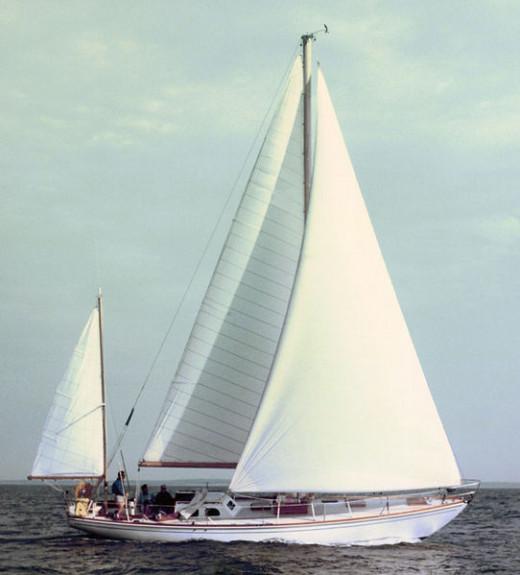
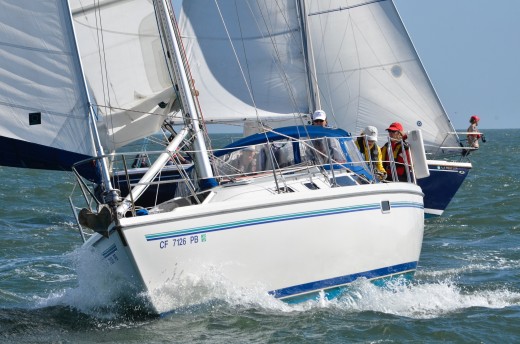
A boat sailing close to the wind is likely to move more sideways, this is an effect called leeway. As a matter of fact, no boat can sail directly into the wind, but a 12 meter yacht for example, can sail only 12 to 15 degrees off the wind. To go in the direction the wind is approaching from, the boat has to do a zigzag maneuver or make a series of tacks, in other words, a different course of action needs to be taken. The closer a boat sails to the wind, the speed of the boat will slow down. The helmsman or the person steering the boat can go faster by forming wider zigzags at a larger angle to the wind, but then the person has to travel farther for this type of action.


